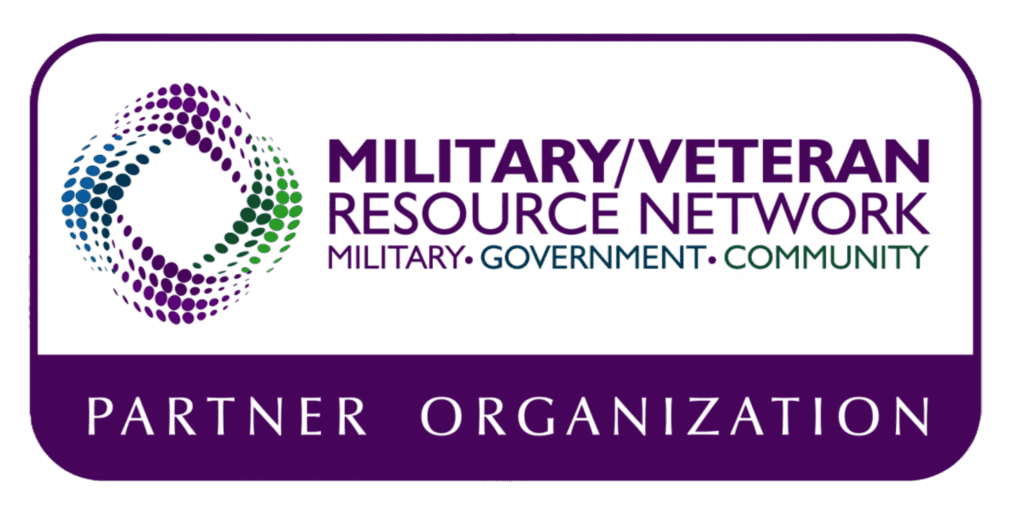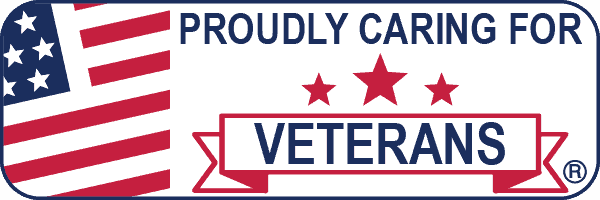Pablo Picasso once said, “Art washes from the soul the dust of everyday life.”
For someone struggling with a drug or alcohol addiction, art therapy can be a valuable part of the process of building a sober future. While you can’t treat addiction simply by creating art, incorporating art therapy as part of a holistic treatment plan can offer multiple benefits.
How Art Therapy Benefits People in Recovery
The term “art therapy” refers to guided activities done under the supervision of a trained mental health professional. In most cases, an art therapist has a master’s degree in psychology or counseling with specific art therapy components and the registered art therapist (ATR) certification from the Art Therapy Credentials Board (ATCB).
As a form of experiential therapy, art therapy has been used in the mental health field since the mid-20th century, with initial studies focusing on how this form of treatment could benefit people who weren’t seeing the desired results from traditional talk therapy.
Art therapy helps people in addiction treatment express feelings that are difficult to put into words. Through art therapy, someone struggling in recovery might explore issues such as:
- Childhood trauma that contributed to addiction
- Issues related to occurring disorders such as depression and anxiety
- Feelings associated with “hitting rock bottom”
- Shame and embarrassment regarding past mistakes
- How addiction has affected relationships with family and friends
- Views on how faith and spirituality affects the recovery process
- Fears about the recovery process
- Hopes and wishes for a drug-free future
To promote a lasting recovery, art therapists may also stress the use of art as a healthy coping mechanism for dealing with stressful situations. For example, the therapist might suggest options such as painting to music you find soothing or keeping an art journal to document your recovery process.
What Types of Art Are Involved in Art Therapy?
Art therapy involves a wide range of creative pursuits related to the visual arts. Depending upon the patient’s specific interests, sessions may include:
- Drawing
- Painting
- Sculpting
- Pottery
- Photography
- Mixed media art
- Jewelry making
- Woodworking
Do You Need to Be “Artistic” to Benefit from Art Therapy?
Since art therapy focuses on the process and not the outcome, it doesn’t matter if you have any previous artistic experience or whether you consider yourself a creative person. Art therapy works particularly well for patients who identify as visual learners with an interest in colors, images, shapes, and designs, but all you really need to do to be successful is be open to trying something new.
One activity that’s often used with people who are reluctant to express themselves in more traditional media is the magazine photo collage. This is considered a projective technique, since the goal is to get the patient to tell a story in response to the images that are being presented.
The use of digital tools for creating and manipulating images is also growing in popularity. People who identify as tech-savvy often find that working with software is less intimidating than painting or drawing in the traditional sense.
Although art therapy is most often discussed in terms of the patient creating original works of art, art interpretation can be part of the process as well. Discussing works of art by famous painters or sculptors can be a suitable way to begin treatment when the client is intimidated by the idea of creating his own art.
What Are Some Specific Techniques Used in Art Therapy?
Specific techniques used in art therapy include:
- Gestalt Method. Using this technique, the artwork is a starting point for discussing feelings and experiences related to addiction treatment. Open-ended questions help develop a deeper conversation between the patient and therapist.
- Active Imagination. This art therapy technique relies heavily on free association. Patients may be asked to look at artwork and describe what they see. These spontaneous observations are then used to explore deeper issues surrounding the recovery process.
- Third-Hand Approach: In this type of art therapy, the therapist is physically helping the patient create a work of art. However, the patient is in total control of the artistic vision for the final product.
How Is Art Therapy Integrated with a Comprehensive Addiction Treatment Program?
According to the Journal of Addictions Nursing, art therapy can be used to:
- Decrease denial
- Lessen the shame of addiction
- Offer a safe outlet for emotions
- Increase motivation to change
These four goals are consistent with multidisciplinary recovery programs designed to address both the medical and psychological dimensions of recovery. As such, you’ll typically find art therapy offered alongside programs such as equine therapy, yoga and meditation, music therapy, and nutritional counseling.











